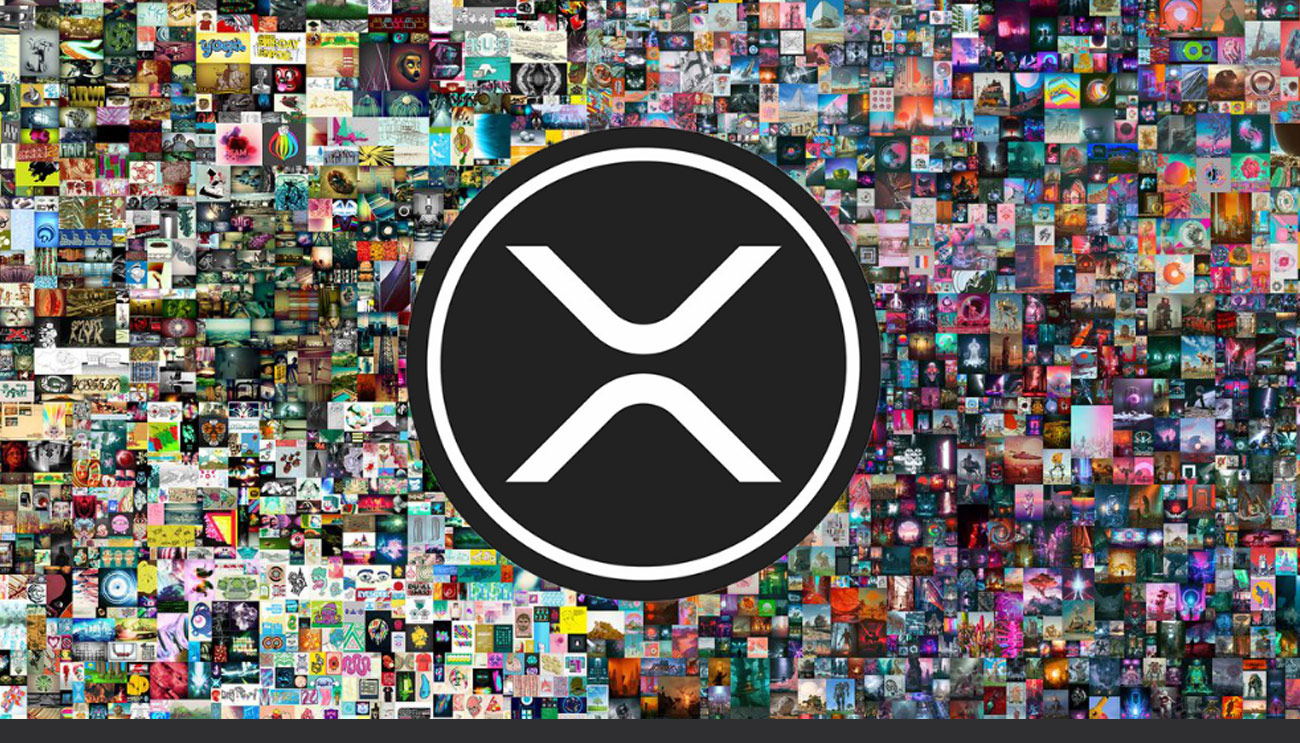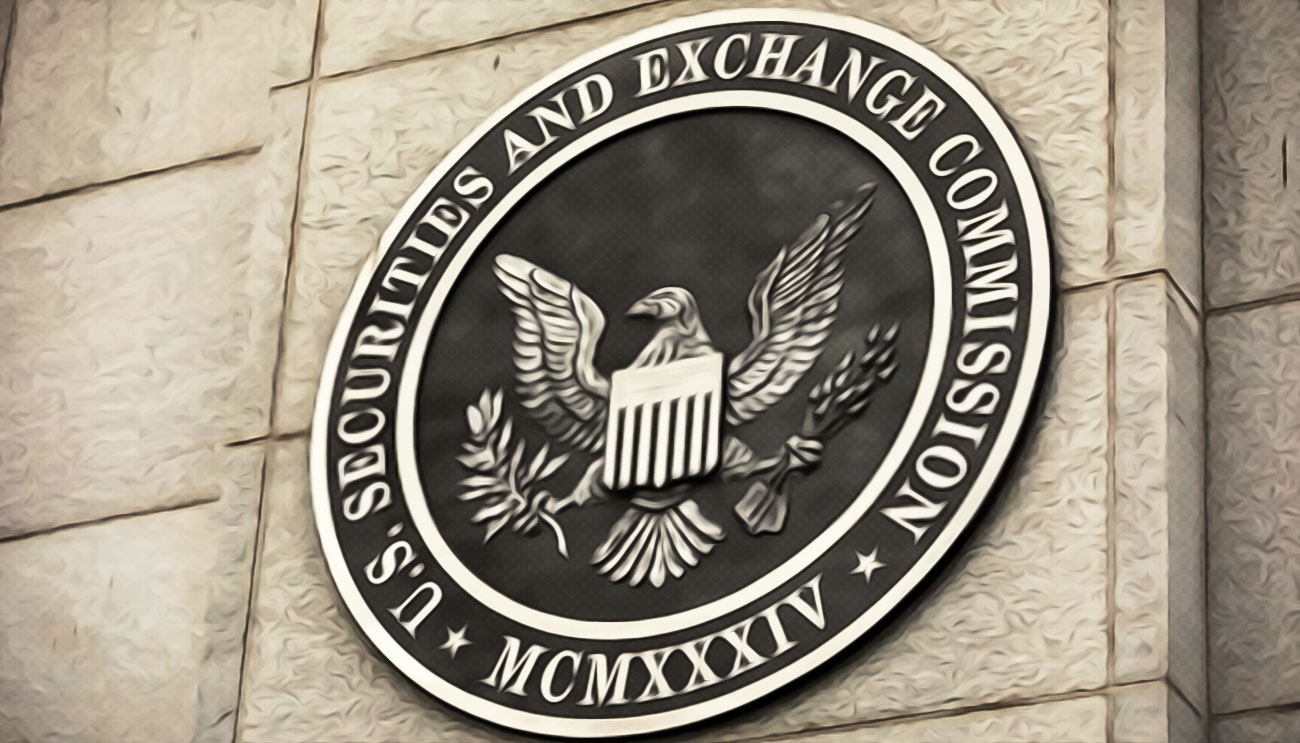
2020 was certainly not the year anyone expected. Within the financial services sector specifically, 2020 did not meet early expectations for more mainstream blockchain and cryptocurrency adoption.
However, the pandemic did demonstrate new and greater use cases for cryptocurrency. And ultimately, the past 12 months proved to be ones of steady progress that helped strengthen the foundation for the technology. But, obviously, U.S. and global regulation continues to be top of mind not only for Ripple, but for the industry as a whole.
Looking ahead, Ripple’s leadership anticipates a year of continued acceleration for blockchain and cryptocurrency innovation and shares their insight of what 2021 might bring.
A Crypto Quickening
RippleNet General Manager Asheesh Birla says the line between crypto and banking is blurring, providing an opportunity for nimbler fintech companies to leverage crypto to erode the market share of larger, slower-moving incumbent banks.
That changing embrace of crypto is already being exhibited by consumer-facing fintechs like Square, Robinhood and PayPal. Those companies originally made mobile and digital banking services more accessible to a wider swath of customers. Now, their adoption of crypto is helping introduce more people to digital assets and blockchain enabled financial services.
Birla anticipates that the use of crypto and streamlined fintech regulations will help even more fintechs compete with banks on a level playing field in 2021.
At the same time, crypto companies are exploring more traditional banking opportunities as evidenced by the number of crypto and blockchain firms that applied for banking charters in 2020.
“The tide is turning,” said Birla. “It’s possible that we could even see a fintech or cryptocurrency company acquire a traditional financial institution this coming year.”
Dawning of DeFi
This past year was DeFi’s coming out party. DeFi generated a lot of buzz and some interesting applications over the course of 2020. This was largely confined to the crypto space, but it amounted to an important preview of DeFi’s potential.
Looking ahead, Ripple’s Head of DeFi Michael Zochowski says that 2021 will see DeFi gain even more traction as it matures. “I anticipate many of the early DeFi projects will fizzle out, consolidate, or get acquired in the months ahead,” said Zochowski. “But the truly useful ones – most likely the simpler applications replicating financial services like wrapped assets or decentralized exchanges – should continue to gain momentum with users.”
Zochowski also predicts that new DeFi platforms will solidify their footing as demands for performance and cost accelerates. In particular, he expects more sidechain projects, bridges between networks and smart contract applications to emerge as interoperability and efficiency increase in importance.
With Eth2 still far from reality, he also cautions that Ethereum will continue to lose ground and could fall even further by 2021 if development timelines slow: “I believe at least 25% of the value deployed in DeFi by the end of 2021 will be on networks other than Ethereum.”
Zochowski also believes the XRPL ecosystem is poised to build on significant 2020 achievements with several new major initiatives that will extend its leadership role in DeFi. These include a variety of projects – such as Flare and XRPL Transaction Hooks – enabling expanded smart contract functionality for XRP users and developers. He also says the XRP community is returning to its roots by exploring fungible tokens and a decentralized exchange on XRPL.
“We’re expecting the asset tokenization trend to accelerate on XRPL, particularly stablecoin issuance, with multiple production deployments in corporate products built on new and improved tooling,” said Zochowski.
Regulatory Clarity
A new administration is expected to bring a renewed focus on regulation and enforcement from the White House. As cryptocurrencies move further into the mainstream, G20 countries have no choice but to consider these technologies on a short list of financial regulatory priorities. As we’ve seen, a lack of a clear regulatory framework over the last four years in the U.S. especially has left fintech and blockchain players in a state of limbo. Other countries like the UK, Switzerland, Singapore and Japan are miles ahead.
Ripple’s General Counsel Stu Alderoty predicts that crypto regulation will be a top priority for a Biden team that understands its implications for public and private sector innovation. This could lead to a unified framework and a streamlined application process for fintechs seeking crypto licenses.
“Intelligent, well thought-out regulations communicated effectively and uniformly applied can help level the playing field and unleash innovation and further mainstream adoption here in the U.S.,” said Alderoty.
The Year of CBDCs
That relationship between government regulation and innovation is also at play in the white-hot arena of Central Bank Digital Currencies (CBDCs).
Driven by pandemic realities, such as a move away from cash and a need for improved ways to distribute government aid, as well as China having pushed ahead with its own CBDC, many countries have accelerated their nascent projects. Notably, a number of European countries are actively exploring the feasibility of a digital euro while the United States Federal Reserve is collaborating on research with MIT’s Digital Currency Initiative.
“The activity and advancement in CBDCs are the clearest indicators yet that digital currencies are the future,” said James Wallis, VP of Central Bank Engagements at Ripple. “Over the course of 2021, I expect to see greater evolution of cryptocurrencies, stablecoins, and CBDCs with each firm establishing their place in finance and payments through more defined use cases.”
In the coming year, the focus of CBDCs will broaden from solving for domestic solutions to addressing cross-border interoperability. Like with China, some Central Banks will focus on retail CBDCs tied to ecommerce platforms, while others will experiment with replacing cash as in Sweden or the Bahamas. These new projects will require collaboration between Central Bank networks and private blockchains, and may be able to utilize neutral bridge currencies that can provide liquidity and instant settlement for cross-border payments.
Beyond Proof-of-Work
The launch of Ethereum’s Beacon Chain was an important turning point in 2020 for Ripple CTO David Schwartz. He sees it as a clear move away from proof-of-work (PoW) and towards more scalable, sustainable systems in 2021.
“The fact of the matter is that PoW systems consume a lot of resources and energy,” said Schwartz. “They also feature an inevitable bend towards centralization over time as the miners with the cheapest power become key stakeholders. 2021 will see technical innovations continue to improve blockchains like XRPL that use newer technologies.”
To mitigate this consolidation of power and to improve energy usage, he expects more blockchains to mirror Ethereum’s migration and pursue the building of carbon neutral blockchains like XRPL.
For those that attain carbon neutral status, the positive environmental impact is enormous. This comparison of energy consumption by XRP transactions relative to bitcoin, credit cards, and even cash highlights the potential for the industry.
As part of this growing emphasis on sustainability, Ripple also set an important 2020 benchmark when it became the first blockchain company to commit to being carbon neutral. Ripple unveiled a number of initiatives that will help it achieve this milestone by 2030.
Focusing on Impact
RippleX General Manager Monica Long anticipates this commitment to impact to play out in other ways over the coming year.
“In 2021 we’ll see crypto make good on its original promise to remake finance as more accessible and equitable for the world’s underserved,” offered Long.
To help achieve that vision, crypto will first help level the competitive playing field, opening the door to fintechs that emphasize consumer empowerment. Companies that offer easy to use and understand services; are safe, secure, and private; boast interoperability globally; and help people build wealth and achieve socioeconomic mobility will be the eventual winners.
Long expects to see the greatest change come at the expense of established financial providers and in developing nations across the Middle East, North Africa, and Sub-Saharan Africa that have already embraced a digital path. For countries that have leapfrogged traditional banking and credit card networks in favor of mobile services, crypto is a logical next step.
Ultimately, the year ahead will be one of growth across the board for blockchain and digital assets. While the pandemic slowed progress globally, it also shone a bright light on the functional utility and opportunity for digital currencies. This will translate into continued innovation for the sector in 2021.












